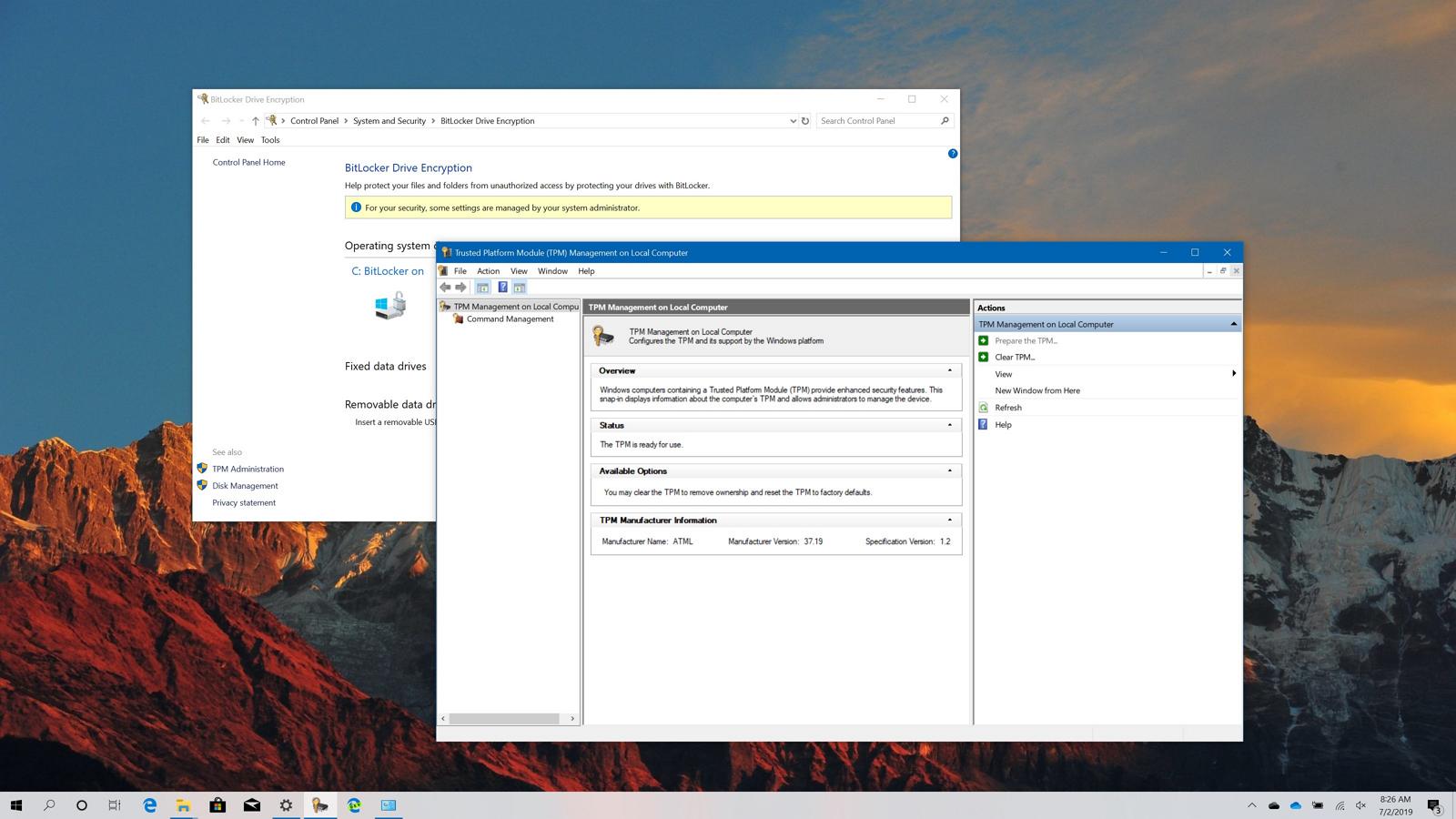

Previously, Microsoft required original equipment manufacturers of all models built to run Windows 10 to ensure that the machines were TPM 1.2-capable. A TPM has been a mandatory piece of tech on Windows machines since 2016, so machines older than this may not have the necessary hardware or firmware.

Some TPMs are virtual or firmware varieties but, as a chip, a TPM is attached to your motherboard during the build and designed to enhance hardware security during computer startup. If you have any questions, comment down below and let us know.TPM microchips are small devices known as secure cryptoprocessors. If you want to take a look at a list of Windows 11-compatible processors that come with the TPM chip, go through our linked article. This will protect all your passwords and personal information on your PC. I strongly recommend enabling TPM not just to make your PC compatible with Windows 11 but to provide an isolated, hardware-based authentication system. So these are the ways you can check if your PC has the TPM module or not, and in case it’s not found, you can enable it from the BIOS/ UEFI menu. Turn On the TPM Chip to Install Windows 11 on Your PC We suggest you check it on the BIOS/ UEFI footnote.

F10 is generally reserved for “Save and exit”, but the key may differ for your computer. Now, press “F10” and hit enter to save and exit. There might be TPM State as well, so go ahead and enable it.ģ. However, make sure it’s enabled or available. Note: If you don’t find TPM located under Security settings in the BIOS interface on your PC, look around and jump into the Advanced Settings. On AMD machines, you might find the “PSP”, “fTPM”, or “PTP” option in the BIOS menu. It’s also labeled as PTT (Platform Trust Technology) on some Intel-based machines. Once you are in the BIOS/ UEFI interface, look for the “TPM” or Trusted Platform Technology option under the “Security” tab.


 0 kommentar(er)
0 kommentar(er)
